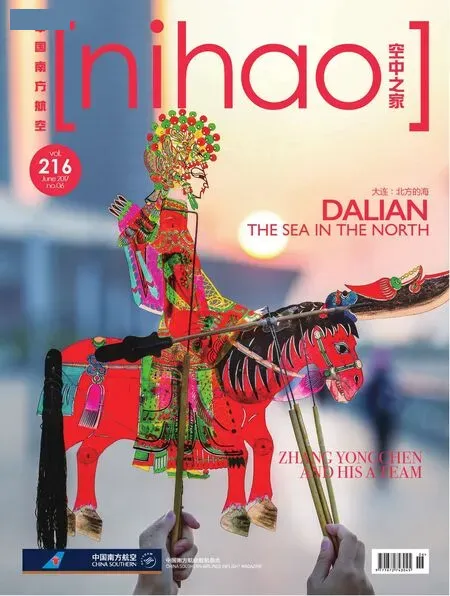Historical Architecture: A Paradigm of a modern city’s development
Historical Architecture: A Paradigm of a modern city’s development

Hu Wenhui
Dean of Department of Architecture, Faculty of Architecture and Art, Dalian University of Technology
胡文荟
大连理工大学建筑与艺术学院建筑系系主任
N: Which modern architectures are kept and protected in Dalian?
H:As a modern city, Dalian has a history of over one hundred years, where the styles of architecture are generally unif i ed during the long-term development. The architecture during the colonial period of Czarist Russia(1899——1905) was hugely affected by European renaissance inspirations, while some of them were of very traditional authentic Russian style, the former Dalian Museum of Natural History and Lushun Railway Station for instance. But there are not many in Dalian. On the other hand, the earlier design during the colonial period of Janpan(1905-1945)was mainly inf l uenced by nostalgic ideas and eclecticism. After the middle of 1930s, Neo-Classism and Modernism architectures became popular. The architecture was designed and built to be an integration into the history of the city. And because of this, a large amount of excellent modern designs are kept in good condition in Dalian till now. The charm of modern and contemporary Dalian architecture could be seen at places like Shengli Bridge, Bay Bridge, Port of Dalian, Railway Hospital, Tianjin Street and so on. Lushun has a longer history of modern architecture, and the architecture there has a higher quality. Taiyanggou in Lushun, for example, is well worth visiting.
N: Among the cities in China, what's the unique attraction of Dalian?
H:In the end of 20th century, the human world developed into city worlds in a crazy speed, where Dalian was a modern city exactly developed since around 20th century. That's why Dalian is so unique. At that time, Dalian was centered with Nikolayevskoye Grand Plaza with 10 main streets radiated from it. Around the plaza were in advance arranged with some public buildings such as off i ce buildings of the government, banks and theaters to beautify the centrum. The urban planning of Dalian then is inspired by the planning of Paris, which can also represent some European ideologies on urban designing. This planning gives Dalian a relatively loose base for the future development. Wide streets, busy nets of roads, large-scaled parks and green areas and infrastructure in European District are all proved to be very visionary. At the beginning of 1980s, Dalian was a city focused on “Port, industry and tourism”, where the urban designing and the look of the city changed dramatically. Throughout the development of the city, different cultural characteristics and various ideologies on architecture are all shown through the evolution of its construction and structure, which makes the texture of the city unif i ed and integrated. We benef i t from this, so we can also expect more on a broader and better prospect. After that, especially after the Reform and Opening-up Policy, Dalian strides forward to become a modern international metropolis.

